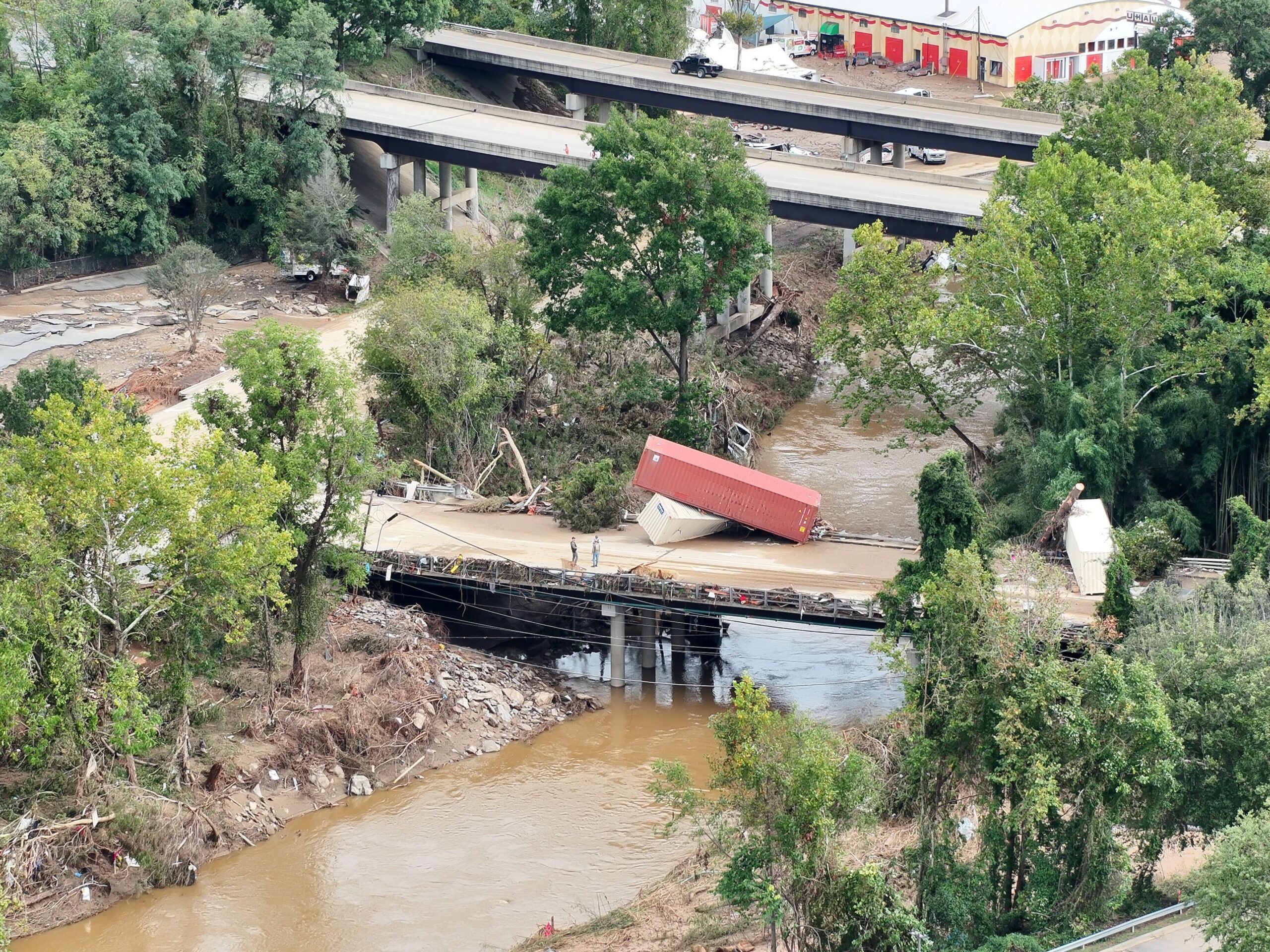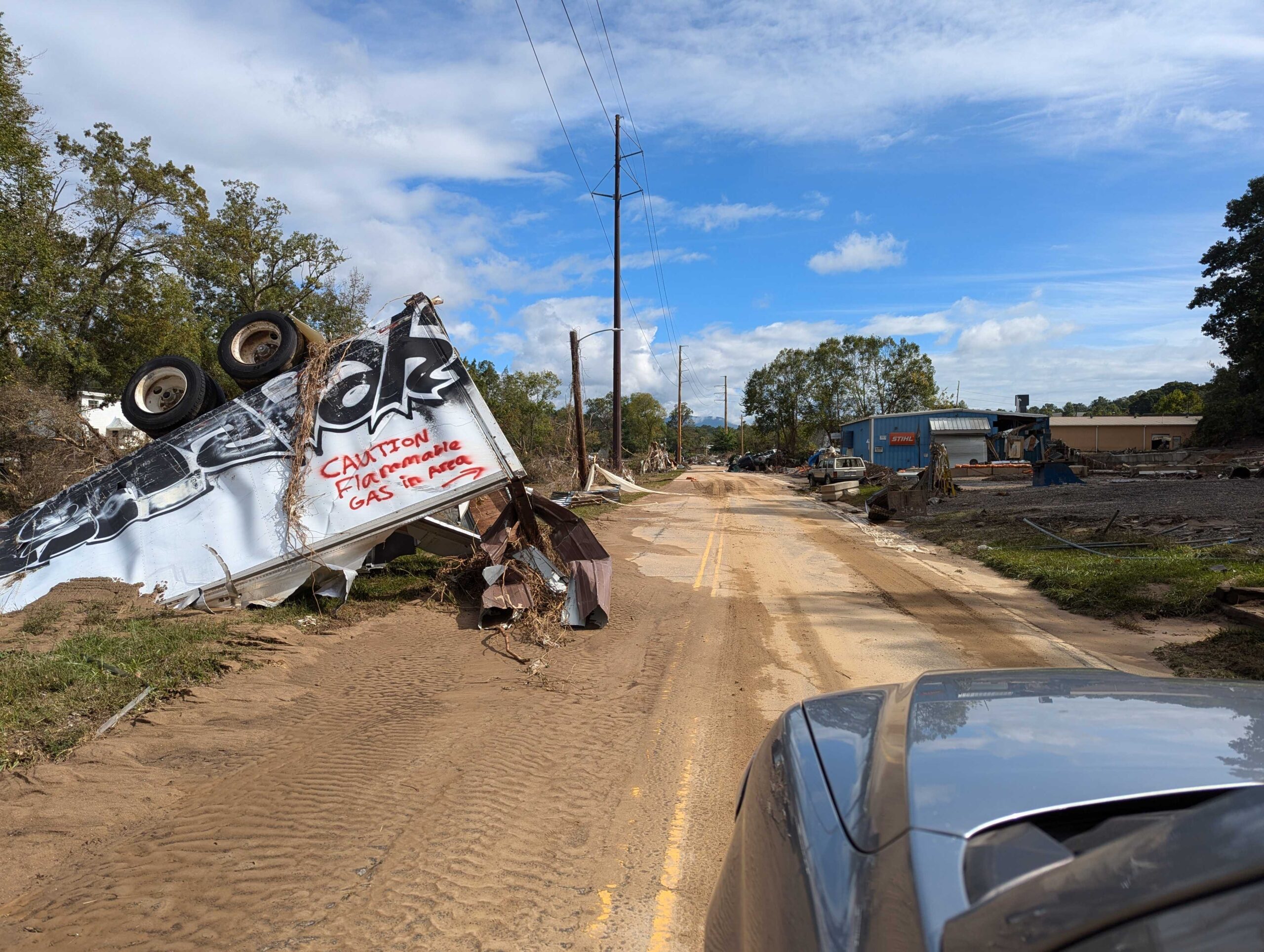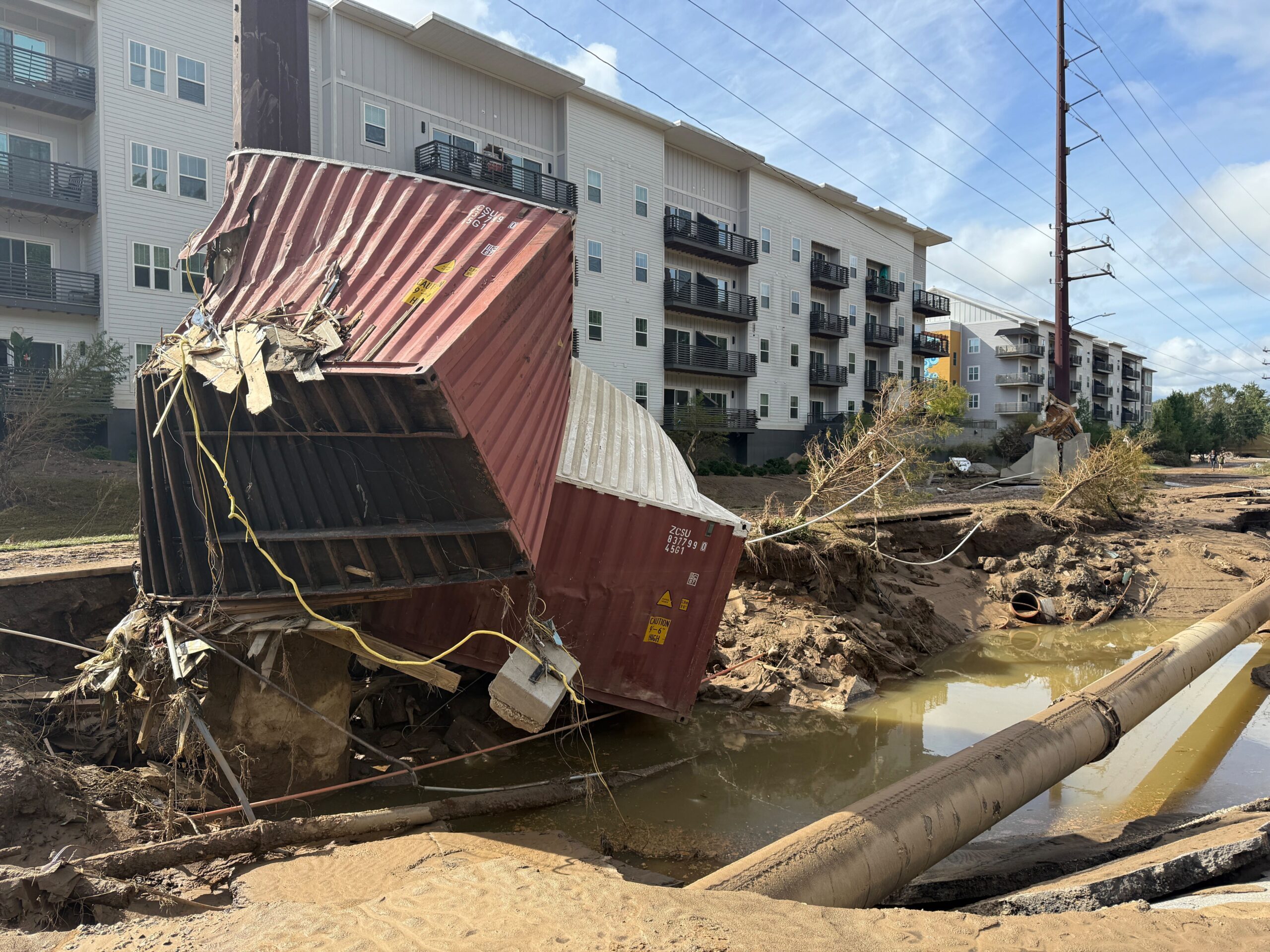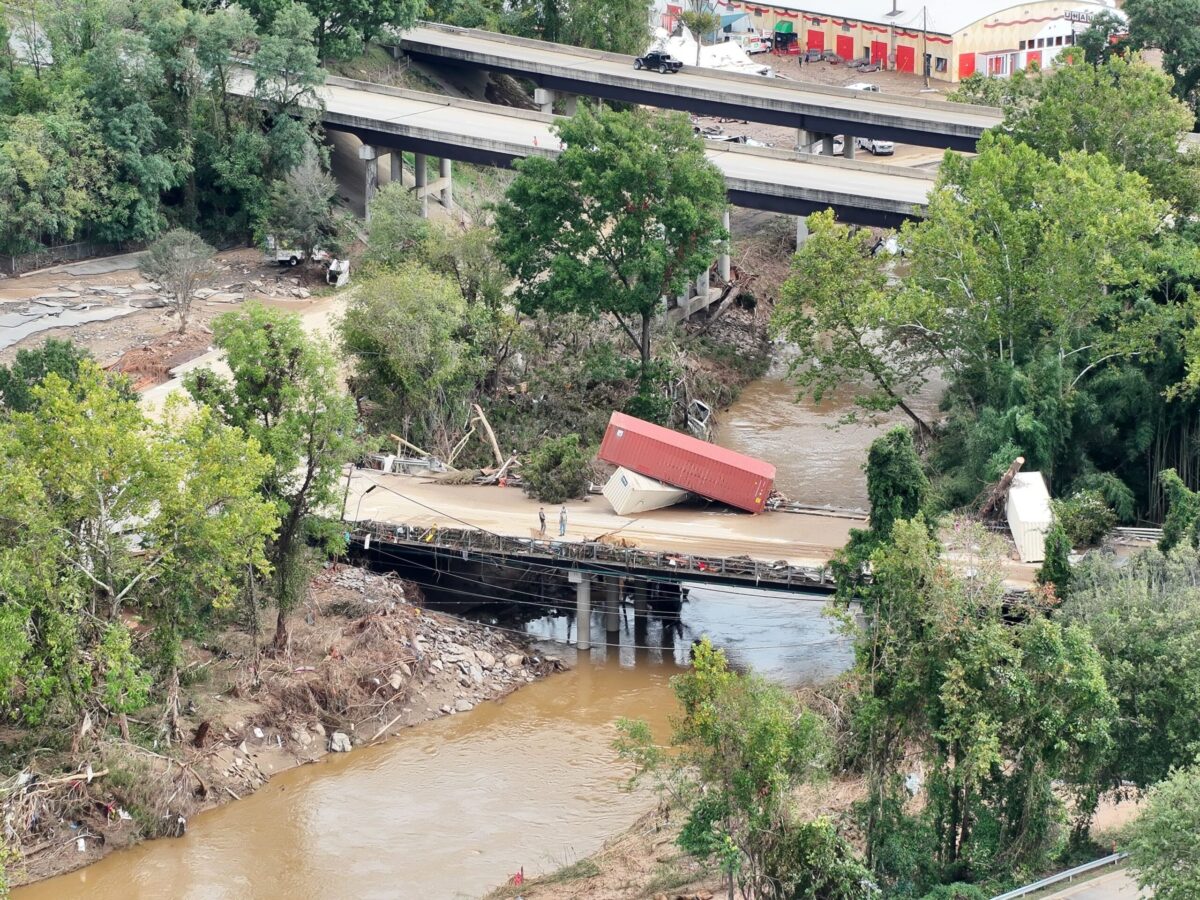Drones are now a critical tool in disaster response – and as the US suffers a series of historic storms, drones are being deployed to help with search and rescue, road clearing, and recovery efforts. DRONELIFE is appreciative of Justin McCarthy and Matt Sloane for taking the time to provide this post from SkyfireAI as their team is sheltered in Florida ready to deploy for response to Hurricane Milton. Having just deployed to the southeastern US to respond to Hurricane Helene, this piece outlines how drones are being used on the ground to provide first responders with critical aerial data.
The following is a guest post by Matt Sloane, Co-Founder Chief Strategy Officer of SkyfireAI and Atlanta Drone Group. Images of Hurricane Helene courtesy SkyfireAI, used with permission. DRONELIFE neither accepts nor makes payments for guest posts.
Drones for Good — A New Tool for Disaster Response
by Matt Sloane
If you’ve never had the pleasure of standing outside all night long in the middle of a hurricane, let me be the first to say – you’re not missing much!


Over 15 years as a CNN producer covering hurricanes each summer, and 10 more using drones to help various public safety departments and government agencies respond to them; I have done my fair share of blowing around in the intense wind and rain.
This summer though, our role using drones in the wake of these storms has changed quite a bit. Instead of putting ourselves as close to the landfall spot as possible to get pictures of the storm and its aftermath, we’re hanging back — waiting for the storm to pass, and then using the aircraft for potentially life-saving missions.


No, as an industry we can’t yet fly victims out hanging beneath a drone – although that day may come – but what we can do is move small caches of supplies, life saving medications, small first aid packs and even communications devices to areas that have been cut off by wind and rain.
We can also use drones to pull power lines across large areas, search in and among rubble to identify people who may be trapped, and identify the best routes for vehicles to access critical areas.


As sea surface temperatures continue to rise, and storms continue to get stronger, there will be an increasing need for drones and other robots to help. And as BVLOS regulations start to come online in the next few years, it won’t be unusual to hear of drones delivering large packages of medical supplies, autonomously inspecting several miles of electrical grid at a time, or even lifting a stranded flood survivor out of a bad situation.


But as we get closer to those realities, we also have to consider the risks. Just like any aviator, as a drone pilot I have to consider my surroundings – the airspace, the obstacles and terrain, the ongoing weather – and make decisions accordingly. But I also have to consider that there may be rescue helicopters coming very low to the ground in places they normally do not – rescuing people off of rooftops in residential neighborhoods, for example; and it is our responsibility as pilots to see and avoid those aircraft.
Finally, it is super important to consider whether your help – well intentioned though it may be – may not be needed.
Any time you are considering using unmanned aircraft to service a need during a disaster, you should always check in with whoever is in charge of the response in that area. The more crowded the airspace, the more dangerous it is forever – just like we saw last week after Hurricane Helene, as nearly 30 aircraft almost collided over the course of the response just in North Carolina alone. (https://www.cbsnews.com/news/helene-relief-efforts-about-30-mid-air-close-calls-over-north-carolina-single-day/).
Read more:

 Matt Sloane is the co-founder and Chief Strategy Officer of SkyfireAI – a drone solutions provider seeking to create the “Uber of public safety and critical infrastructure drones. He is a ten year veteran of the industry, serves on several industry advisory panels, and lectures regularly on the drone industry.
Matt Sloane is the co-founder and Chief Strategy Officer of SkyfireAI – a drone solutions provider seeking to create the “Uber of public safety and critical infrastructure drones. He is a ten year veteran of the industry, serves on several industry advisory panels, and lectures regularly on the drone industry.
Miriam McNabb is the Editor-in-Chief of DRONELIFE and CEO of JobForDrones, a professional drone services marketplace, and a fascinated observer of the emerging drone industry and the regulatory environment for drones. Miriam has penned over 3,000 articles focused on the commercial drone space and is an international speaker and recognized figure in the industry. Miriam has a degree from the University of Chicago and over 20 years of experience in high tech sales and marketing for new technologies.
For drone industry consulting or writing, Email Miriam.
TWITTER:@spaldingbarker
Subscribe to DroneLife here.


